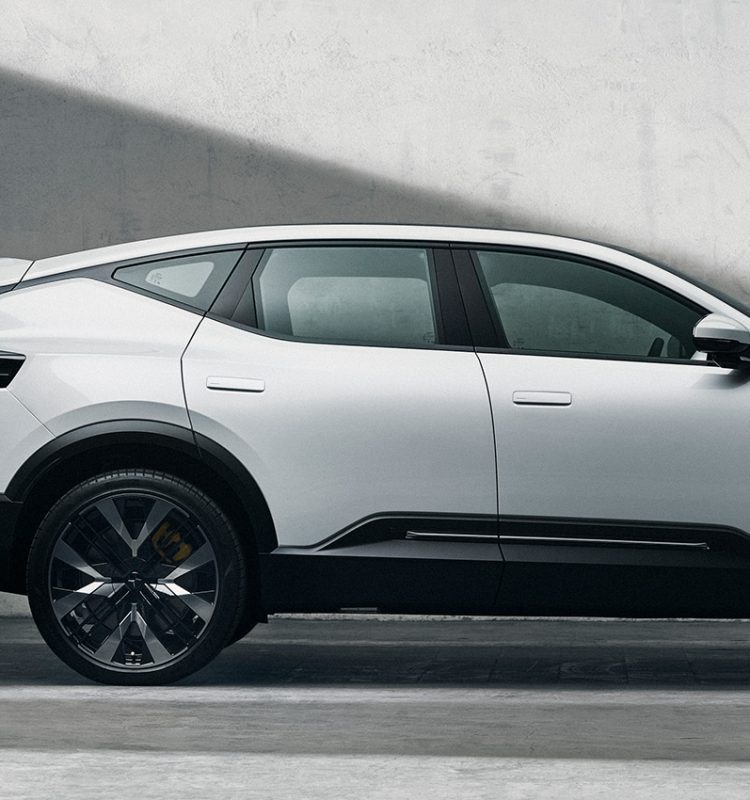EN


On October 12th, the Polestar 3 – including Smart Eye’s Driver Monitoring System (DMS) software – was unveiled. As automotive experts from all over the world gathered for the reveal of Polestar’s new electric performance SUV, it got me thinking about this new generation of intelligent vehicles – and how the automotive industry is going through a deep transformation.
Tomorrow’s cars have more in common with computers than with the vehicles most of us were once taught to drive. As cars develop from a simple mode of transportation to advanced software platforms on wheels, our expectations for what our cars can do will go far beyond how fast they accelerate or brake.
When the first iPhone was launched in the summer of 2007 it completely transformed our idea of what a phone could be. Over the next few years, people went from only picking up their phones to make a call or send a text to walking around with small computers in their pockets at all times.
There’s a clear parallel with what is now happening in the automotive industry. The difference between a traditional car and these new intelligent vehicles is no smaller than the difference between a Nokia 3310 and an iPhone.
Polestar is currently one of the most forward-thinking car manufacturers in the industry. Built on a new all-electric technology base developed and shared with Volvo Cars, the Polestar 3 features the latest in high-tech components – like centralized core computing from NVIDIA and a long list of advanced safety systems from Volvo Cars and leading industry partners including Zenseact, Luminar and Smart Eye.
Using multiple sensors, the Polestar 3 gains a comprehensive understanding of what happens both outside of the vehicle and inside it. Inside, two closed-loop driver monitoring cameras bring Smart Eye’s leading eye tracking technology to a Polestar for the first time, geared towards safer driving. The cameras monitor the driver’s eyes and can trigger warning messages, sounds and even an emergency stop function when detecting a distracted, drowsy or disconnected driver.
By combining Smart Eye’s automotive software with other key technologies, car manufacturers can unlock new possibilities for advanced driver assistance (ADAS) features and, ultimately, autonomous and semi-autonomous driving capabilities. In these next-generation vehicles, Driver Monitoring and Interior Sensing AI will be even more essential for ensuring road safety and enhancing user experiences.
With the launch of the Polestar 3, we are one step closer to making intelligent vehicles – with software platforms that can be continually improved through over-the-air updates – the new automotive standard. If we used to measure the performance of a car by its horsepower, today’s intelligent vehicles can instead be measured by the power of their software platforms. As a key developer of tomorrow’s automotive software, Smart Eye is excited to keep pushing the limits for not just what a car can do, but what a car can be.
